In Your Share This Week:
- Baby Bok Choi
- Corn
- Cucumbers
- Eggplant
- Lettuce
- Onions, Ailsa Craig
- Summer Squash
- Tomatoes, Slicers & Heirlooms
Crop Notes
Baby Bok Choi: We liked the rapid growth rate and flavor of the baby bok choi we grew for your very first week of the CSA, so we decided to plant another round. The same as before, we have opted not to wash the delicate heads in order to prevent cracking of the ribs and bruising of the leaves. They performed very well in the summer heat, but have lived their entire lives underneath the protection of row covers to keep out flea beetles. We see a noticeable difference in the texture and toughness of plants grown under cover vs. out in the open; plants underneath the cover don’t get as much direct sun or as much contact with the wind…so they tend to be very delicate and need to be handled extra gently in order to avoid damage.
Corn: This week you will receive Sugar Pearl corn. As the name suggests, it has pearly white kernels and tends to perform well in the earlier parts of the corn season. The plants are about 6-7 feet tall and each stalk yields 1-2 ears of corn. Corn is a wind-pollinated plant, meaning that it does not require the assistance of pollinators to reproduce. In addition, corn plants have both male and female parts (the tassels at the top are the male portion that produce the pollen and the corn husks with the silks are the female portion that catch the pollen). Did you know that corn is actually a grass? Other familiar and well-loved edible members of the grass family include rice, wheat, oats, rye, millet, sugar, and barley.
Cucumbers: We stocked up the share with a bounty of cucumbers this week since we can tell that the plants are starting to get tired and are making their final push before they sputter out for the summer. The Silver Slicers are the gift that just keeps on giving!!! We hope you love them as much as we do.
Onion, Ailsa Craig: These massive Spanish type onions are renowned for their large size. They date back to the late 1800’s and are sweet, mild, and juicy- perfect for onion rings or cut into slabs for burgers. Its not uncommon for Ailsa Craig onions to get up to around 2 pounds in size (a more typical size for an onion is between 1/2 – 3/4 pound).
Summer Squash: Just like the cucumbers, the squash plants are getting old and tired. Yields are declining and we are rapidly approaching time to say goodbye to summer squash for 2015…so bake em, fry em, grate em, freeze em, roast em, and make that zucchini bread while you still can! A great trick is to grate and freeze zucchini for later. Simply shred it with a cheese grater or food processor and pack into Ziploc bags for later- just squeeze some of the excess water out when you defrost them- great for winter soups and batches of zucchini bread to warm up on a cold day.
Around the Farm
 This spring onion trimming from March you see Jen (Harvest Manager), Jesse (Restaurant Manager), and Seth (your Farmer of the Week!) trimming the onion starts to prepare them for transplanting.
This spring onion trimming from March you see Jen (Harvest Manager), Jesse (Restaurant Manager), and Seth (your Farmer of the Week!) trimming the onion starts to prepare them for transplanting. Speaking of dawn light, we are certainly already noticing the reduction of daylight hours both in terms of plants growth but also in how dark it is on the way to the farm in the morning! Although we are still full-steam ahead with plenty of harvesting, weeding, planting, watering, and the like…we’re at the time of year where we start pushing our start time back 30 minutes- hooray for ‘sleeping in’!!! And what other work commute comes with a sunrise view of three mountains from the Sauvie Island Bridge??? Its pretty glorious…
Speaking of dawn light, we are certainly already noticing the reduction of daylight hours both in terms of plants growth but also in how dark it is on the way to the farm in the morning! Although we are still full-steam ahead with plenty of harvesting, weeding, planting, watering, and the like…we’re at the time of year where we start pushing our start time back 30 minutes- hooray for ‘sleeping in’!!! And what other work commute comes with a sunrise view of three mountains from the Sauvie Island Bridge??? Its pretty glorious…
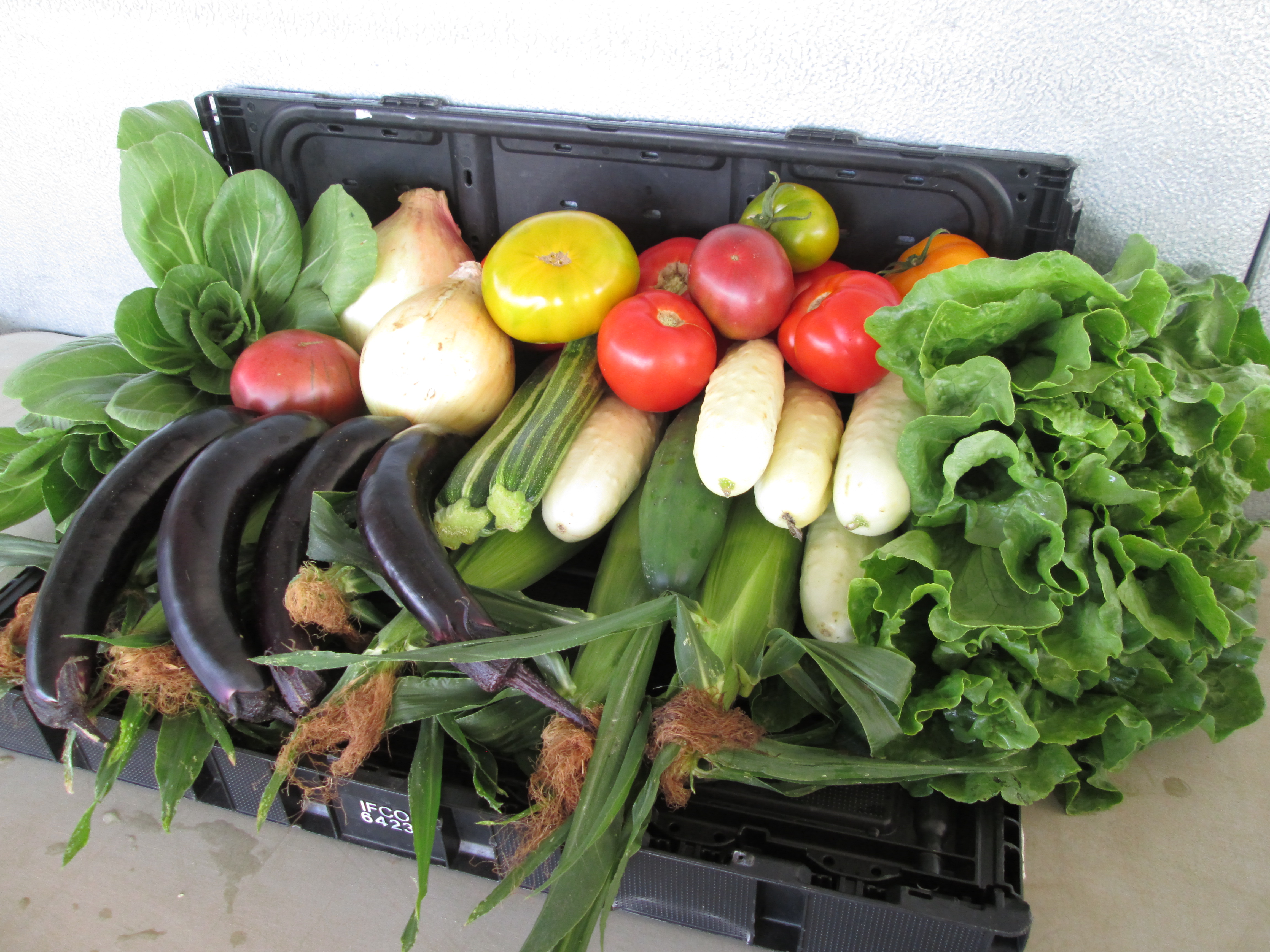

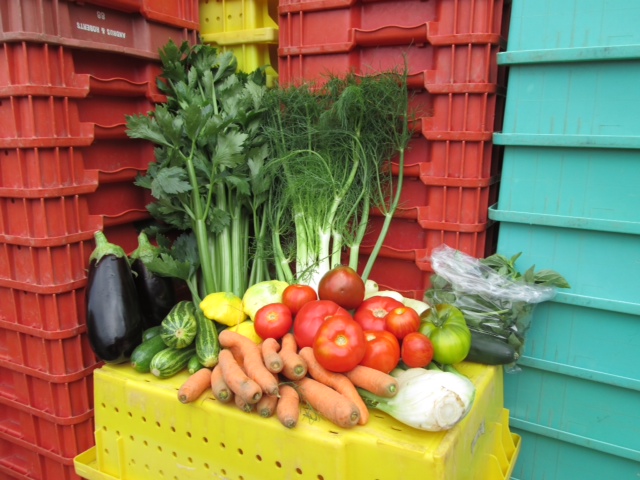

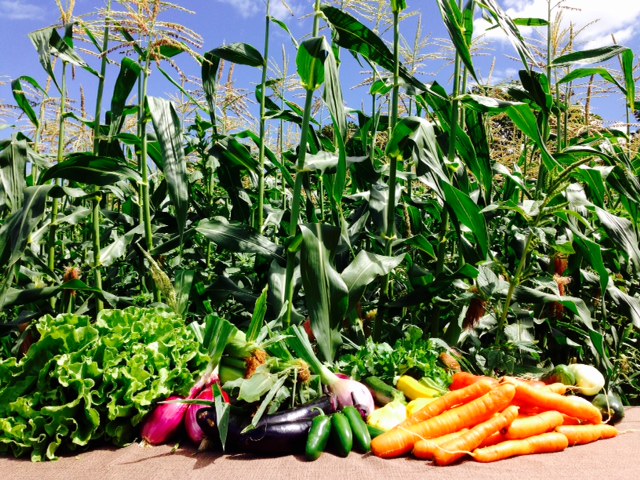




 Sidonie Harper-McPike
Sidonie Harper-McPike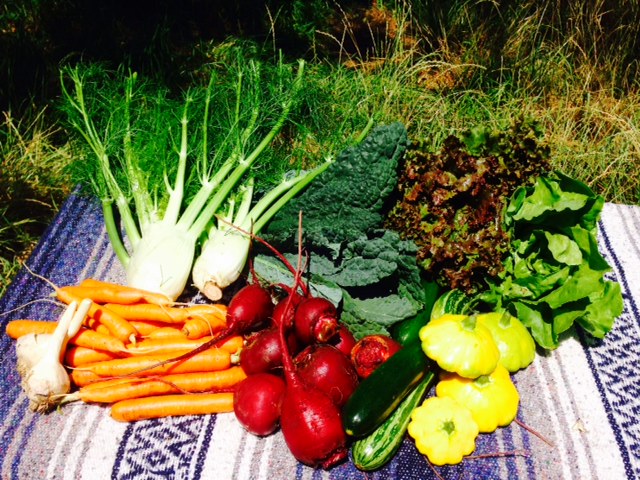

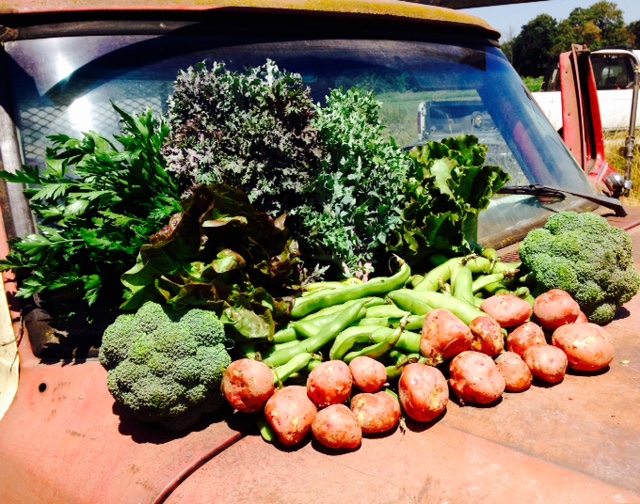






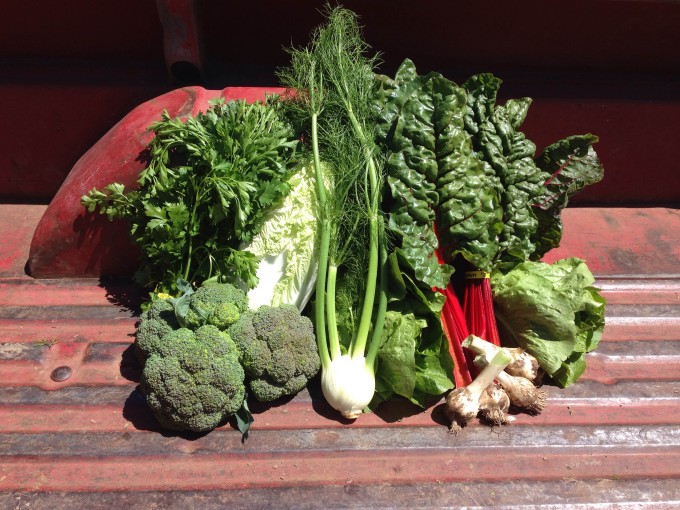
 birds sometimes fly circles around the tractors, trucks, and people walking up and down the roadways. Tiny as they are, they breed and spend the summer in North America and then migrate all the way to Central and South America for the winter! They feed mid-flight on small insects and build nests out of mud and grass, almost exclusively on man-made structures. Our morning meetings are often punctuated by plenty of Barn Swallow chirping as they perch on the barns nearby. This year, we are lucky enough to have a nest just outside our office door that a pair built this spring.
birds sometimes fly circles around the tractors, trucks, and people walking up and down the roadways. Tiny as they are, they breed and spend the summer in North America and then migrate all the way to Central and South America for the winter! They feed mid-flight on small insects and build nests out of mud and grass, almost exclusively on man-made structures. Our morning meetings are often punctuated by plenty of Barn Swallow chirping as they perch on the barns nearby. This year, we are lucky enough to have a nest just outside our office door that a pair built this spring. yielding very promising results with kohlrabi and a few other items. The clubroot causing organism named Plasmodiophora brassicae mainly affects the Brassica family (broccoli, cabbage, radishes, kale, turnips, etc) severely stunting plant growth resulting in greatly decreased harvest yields.The resting spores of this very weird organism can stay dormant in the soil for up to 20 years just waiting for a brassica plant’s root to make contact. Two years ago we lost half an acre of broccoli to this disease. So now to prevent out breaks we add lime to our greenhouse soil mix, give each field a minimum of 3 years (ideally 5 to 7 years) rest from brassica family crops prior to subsequent plantings, never seed brassica family cover crops, and apply lime directly to transplants’
yielding very promising results with kohlrabi and a few other items. The clubroot causing organism named Plasmodiophora brassicae mainly affects the Brassica family (broccoli, cabbage, radishes, kale, turnips, etc) severely stunting plant growth resulting in greatly decreased harvest yields.The resting spores of this very weird organism can stay dormant in the soil for up to 20 years just waiting for a brassica plant’s root to make contact. Two years ago we lost half an acre of broccoli to this disease. So now to prevent out breaks we add lime to our greenhouse soil mix, give each field a minimum of 3 years (ideally 5 to 7 years) rest from brassica family crops prior to subsequent plantings, never seed brassica family cover crops, and apply lime directly to transplants’ 


 without the leaves. With all the abundance of delicious greens in the share, we do not suspect anyone is too invested in eating the greens, the greens looked fairly destroyed from flea beetles, we can wash and pack them much faster without the greens, and in the end, you get more poundage of radish root rather than leaf. Its a win all around! We tore the tops off by hand, so you might find the occasional radish where the leaves took a little bit of skin off with them, but they sure look festive!
without the leaves. With all the abundance of delicious greens in the share, we do not suspect anyone is too invested in eating the greens, the greens looked fairly destroyed from flea beetles, we can wash and pack them much faster without the greens, and in the end, you get more poundage of radish root rather than leaf. Its a win all around! We tore the tops off by hand, so you might find the occasional radish where the leaves took a little bit of skin off with them, but they sure look festive! The hot weather inspired me to thank Max and Seth, who today (
The hot weather inspired me to thank Max and Seth, who today (